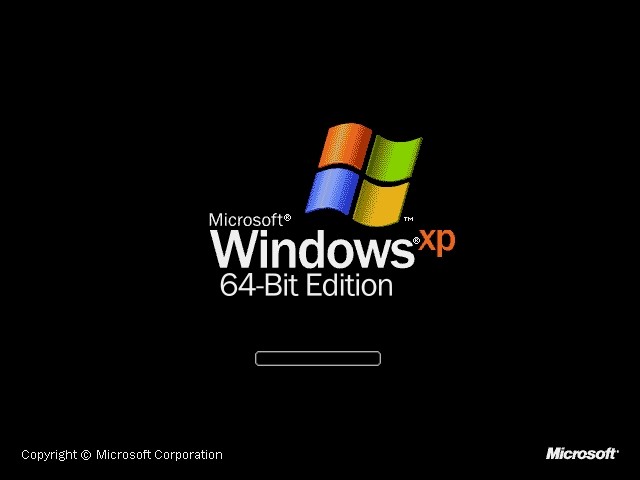Discover the best operating systems to revive your old PC. Complete guide to choosing the most suitable solution.
DISCOUNT -20% - use the code SUNWEEK valid without minimum order
DISCOUNT -20% - use the code SUNWEEK valid without minimum order

The main difference between Windows A 32-bit and a 64-bit refers to the computer's processing capacity and memory management. A 64-bit operating system can handle a significantly larger amount of RAM compared to a 32-bit operating system. This means that a computer with a 64-bit Windows can run more applications simultaneously without slowing down and can handle more complex applications that require a large amount of memory.
Some of the advantages of using a 64-bit operating system include:
The "bits" (binary digits) are the smallest unit of data in a computer. Bits can have a value of 0 or 1, which represent two opposing states (for example, on or off). When we talk about 32-bit or 64-bit computers, we are referring to the width of the processor register, that is, the amount of data that the processor can process and transmit at a time.
To better understand:
A 64-bit computer can process data in larger blocks and, therefore, can perform more complex calculations and handle more memory compared to a 32-bit system.
Determining whether your PC is 32 or 64 bit is a simple process. Here's how you can do it:
Installing a 32-bit operating system on a 64-bit computer is possible, but it's not optimal. Here's what happens:
In general, to get the most out of your hardware, it is advisable to use a 64-bit operating system on a 64-bit computer.
A 32-bit operating system can handle up to 4 GB of RAM. However, due to technical limitations, it often can only access about 3.2 GB of that RAM. This is due to the reservation of memory addresses for other system resources, such as graphic cards and other hardware devices.
For a 32-bit system, the recommended amount of RAM depends on the intended use:
The choice between a 32-bit operating system and a 64-bit one primarily depends on the computer's hardware and usage needs. A 64-bit system is generally preferable for most modern users, thanks to its ability to handle more memory and offer improved performance and security. However, if you own an older computer with less than 4GB of RAM, a 32-bit system might still be adequate for your potential needs.
Leave a comment